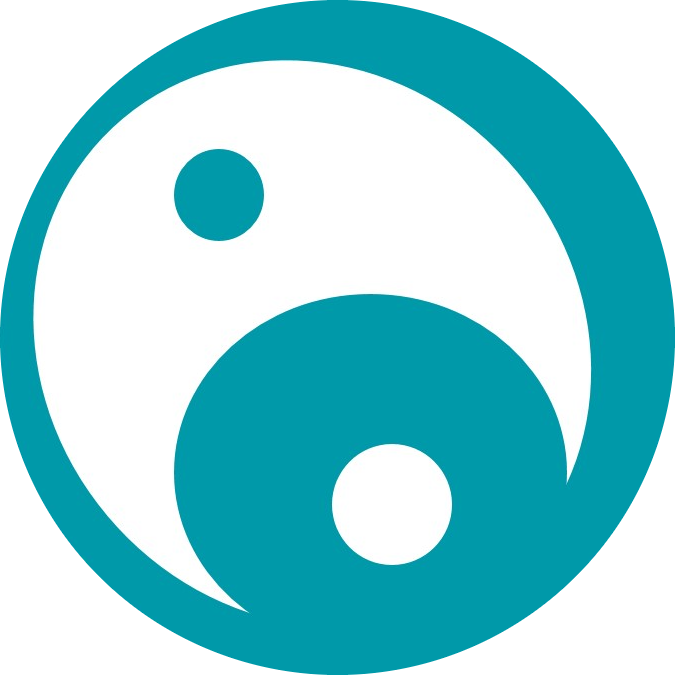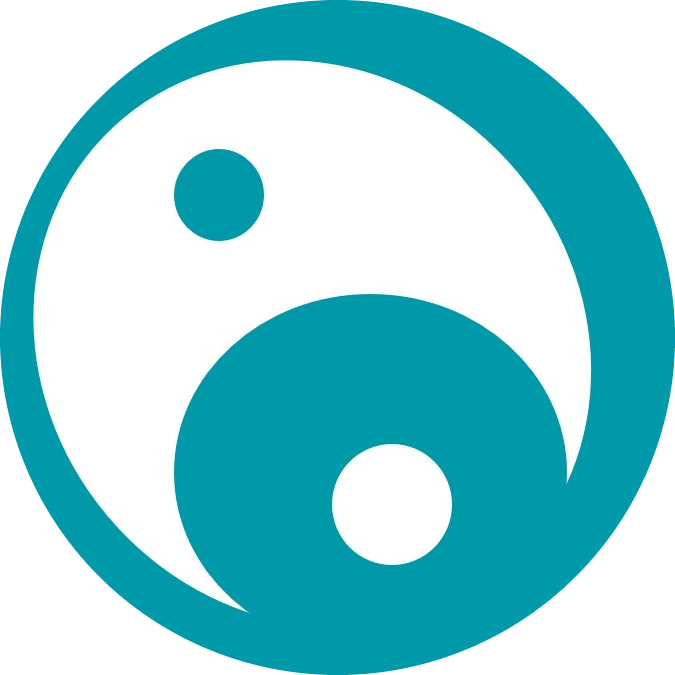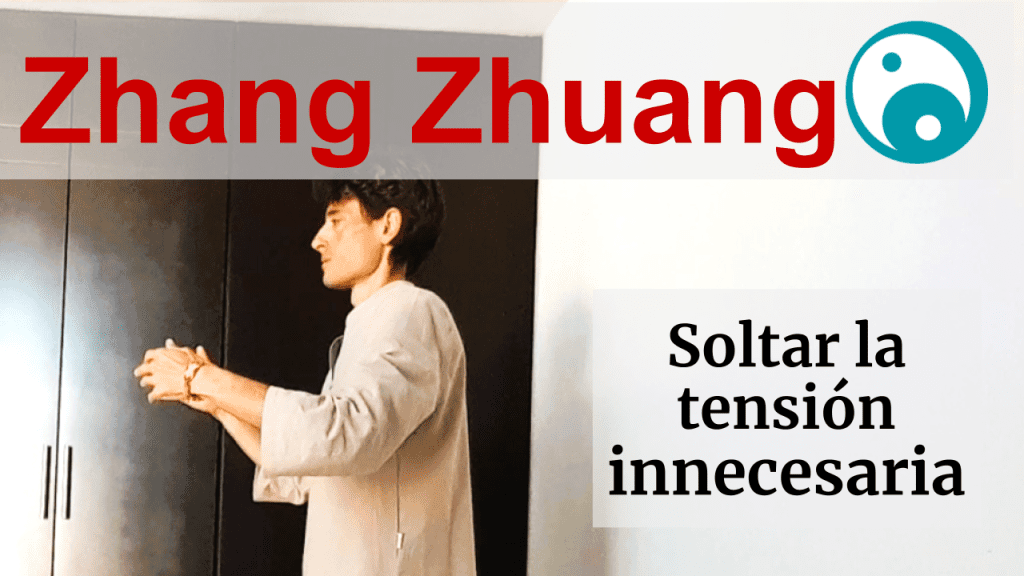Introduction
One of the most important characteristics of Tai Chi is the unification of the entire body during movement. In this way, the movement is supported by an internal structure formed by three arches, which becomes a reflection expressed in our body, of the internal movement of this structure. Through our presence in internal movement, we can strengthen this structure and provide it with qualities such as firmness, elasticity, connection between its parts and unity in movement. By directing our intention in a clear way towards these qualities, and through energetic movement, this firmness, elasticity and connection are progressively transferred to our body.
Practices
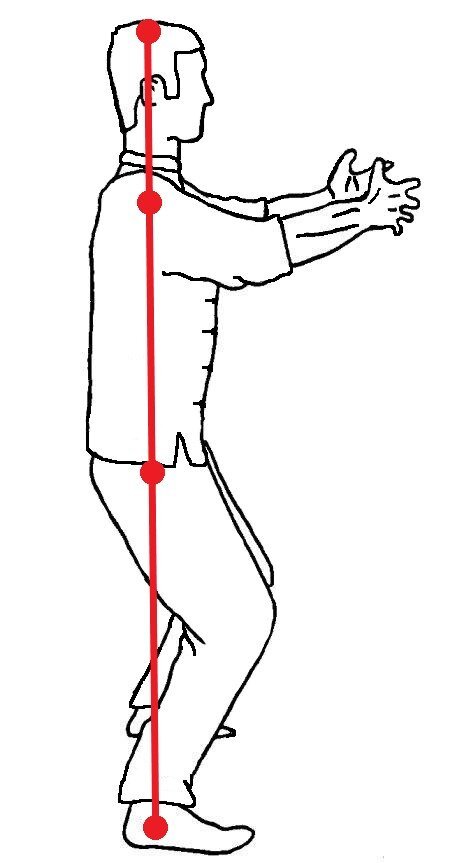
- In the initial position, with the body loose and posture alignment, we first attention to our breathing.
- As you relax the posture we'll go to noticing the breath in the abdomen.
- In that moment to view our entire spinal column where we will bring all our attention to try to feel it, and attentive to alignment.
- We turn the attention to the breath, and we try to add our presence in the entire column.
- Perceive how it affects the motion of expansion and contraction of the breathing to the position of our spine trying to keep it aligned, dynamically adjusting your posture to adapt to every small change of position and maintain the so-alignment.
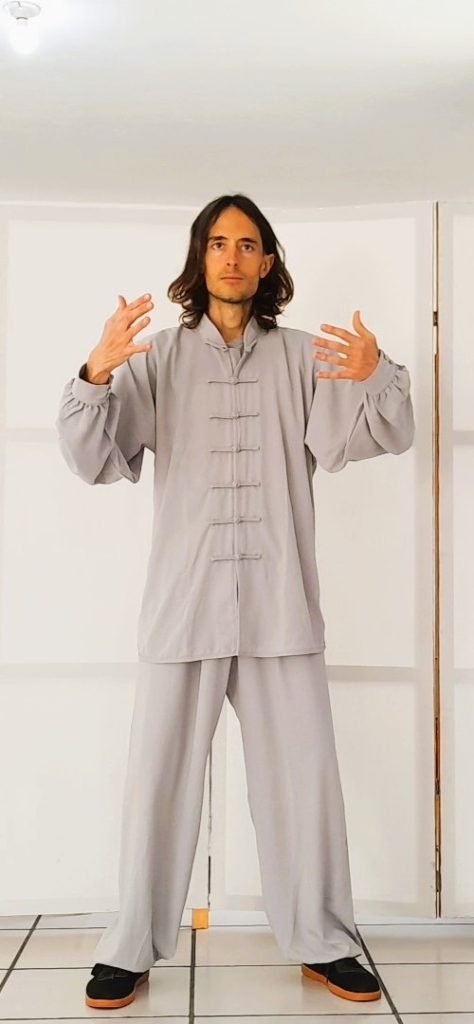
Zhan zhuang is Chikung training that can be translated as ‘Posture of the stake’, ‘Position of the stick’, or ‘Embrace the tree,’ among others, but is much further because it is also a fundamental principle of the Tai Chi and Chikung practice that could be understood as ‘let go of the tension that is not necessary’.
- In the position of start, with the body loose and the aligned column, we first attention to our breathing.
- As you relax the posture we'll go to noticing the breath in the abdomen.
- At that time we will pay attention to large joints of our body: neck, shoulders, spine, hip, checking to see if we can release some of the tension that we're using it, and that it is not needed to maintain our posture aligned. The most appropriate time to release the tension is during exhalation of the air as we breathe.
- Then we'll bring our attention to the other joints under: elbows, wrists, knees, ankles. By repeating the process of releasing unnecessary tension.
- Finally, we will apply this technique for the practice of alignment of the column reconciling presence in the breath and in the alignment of the spine through Zhan zhuang at the same time.
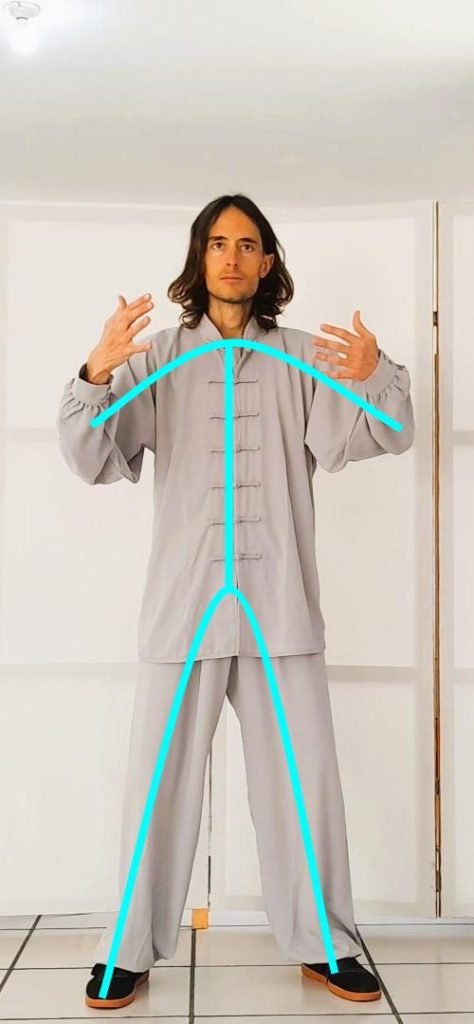
- In the posture of a start, with the body loose and the aligned column, we first attention to our breathing.
- As we relax posture we'll realize breathing more focused on the lower part of the abdomen.
- We take conscience of each one of the three arches that form our internal structure: the arch formed by the legs, the arch formed by the vertebral column, and the arch formed by the arms.
- Now we pay attention to as it affects the natural movement of expansion and contraction of the breathing in each of the three arches that form our internal structure, and the connection of each one of them with the following.
- We try to perceive every one of the arches as a single elastic element that reacts as a unit to the internal movement of expansion and contraction.
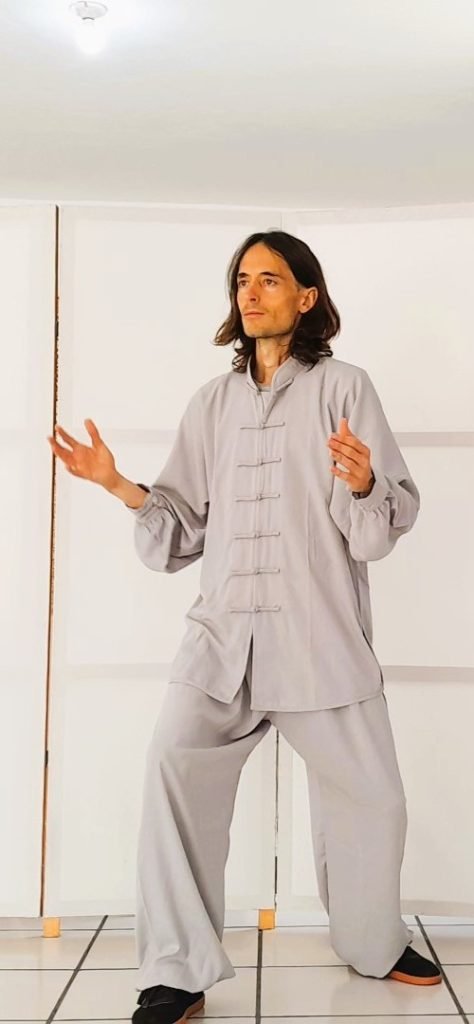
- In starting posture, with the body loose and the spine aligned, we take conscience of each of the three arches in our internal structure and the joints between each with the next.
- We move freely giving steps in all directions without a pre-established order, trying to keep the attention at all times in all three arches and their unions.
- During the movement is normal to feel tensions in muscles and joints, which will go as we saw in the previous exercise about ‘Letting go of tension’.
- The main job in this exercise is to cultivate our inner presence and return to aware the practice main points, each time we move away from them.
How to practice exercises on internal structure?
- As they are short sequences of movements, the exercises on the internal structure can be adapted to the time available.
- At first it is convenient to have a first contact with these four basic concepts: alignment, letting go and the internal structure.
- To do this, we will perform the four exercises in each session, for a week.
- Afterwards, we can dedicate a week to each of the exercises.
- These exercises incorporate countless benefits a nuestra salud, como la higiene postural, la relajación y liberación de tensiones, el manejo del estrés y la ansiedad, al mantener la atención focalizada en el momento presente, etc.
- They also allow us to internalize three fundamental bases of the practice of Tai Chi:
- Structure alignment
- Drop the unnecessary tension
- Unify the movements through an intention
- These fundamentals are present throughout the practice of Tai Chi, so they will never stop developing, either through these exercises, or by incorporating them into other exercises and forms (Taolu).
